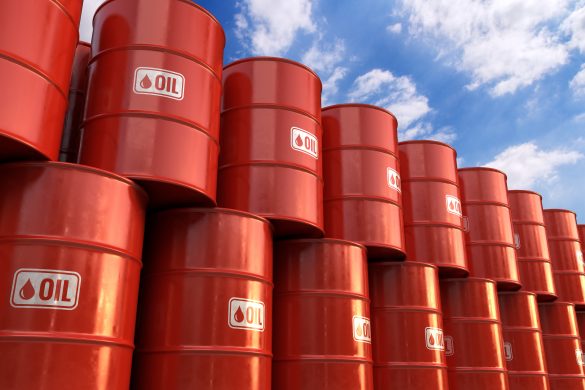Oil Shock
Energy independence is a fantastic achievement. It provides not only abundant, affordable energy, but it also allows freedom from worry. In 1973, an oil embargo was levied by the Organization of Petroleum Exporting Countries (OPEC) in retaliation for the West’s support of Israel during the Yom Kippur War. Oil prices in the United States quadrupled. Long lines formed at gas stations. It became known as the “first oil shock.” Then, in 1979, came the “second oil shock.” The Iranian Revolution toppled the shah, again disrupting the oil supply.
In 1973, during the first oil shock, the United States imported 35% of its oil. By 2005, our oil production had decreased; we were importing an astounding 60% of our oil. Imagine if the crisis of 1973 had happened in 2005. Thankfully, the tide began to turn.
Better Out Than In
In 2018, for the first time in over 70 years, the United States exported more oil than it imported. It wasn’t because of any government programs or conservation efforts; it was simply because of a significant increase in production. That increase saved us from having to worry about any more oil shocks. The first major test of our energy independence occurred just recently with the bombing of Aramco in Saudi Arabia. Those explosions took out 5% of the WORLD’S daily exported crude oil supply. But this time, for us, there was no third oil shock.
It Is Easy Being Green
The energy independence of America doesn’t bring just national security. It is also a boost for the economy and the environment. Because the cost of natural gas delivery to power generators was 9% lower this year than last year, wholesale prices of electricity were likewise lower this year than last year. According to the American Gas Association, households here at home using natural gas for heating, hot water, cooking and clothes drying save an average of $874 per year compared to households using electricity for everything. Even if you only have a natural gas furnace, you save money. Most oil, electric heat pump and electric resistance furnaces will cost two to four times more to operate.
And using natural gas for all your household needs not only saves you green – it is green. Using natural gas can cut a household’s carbon emissions in half. Plus, it is better for the environment to use natural gas directly instead of having it converted to electricity first. Doing so results in an astounding 92% efficiency. As the use of natural gas has increased, emissions have decreased. America is the world’s poster child for how to do two things right: provide citizens and businesses with affordable and reliable energy AND provide a clean environment for all.







